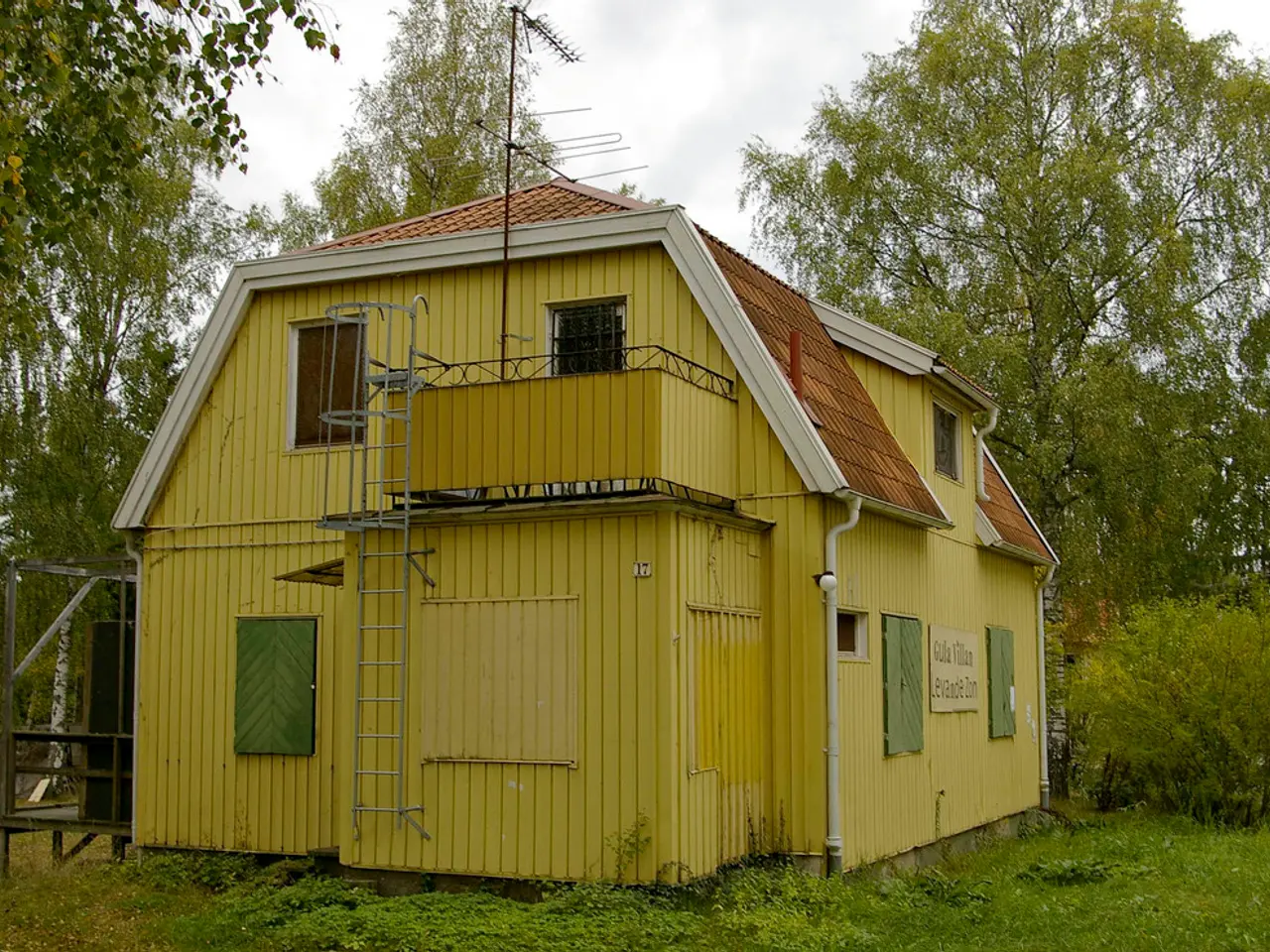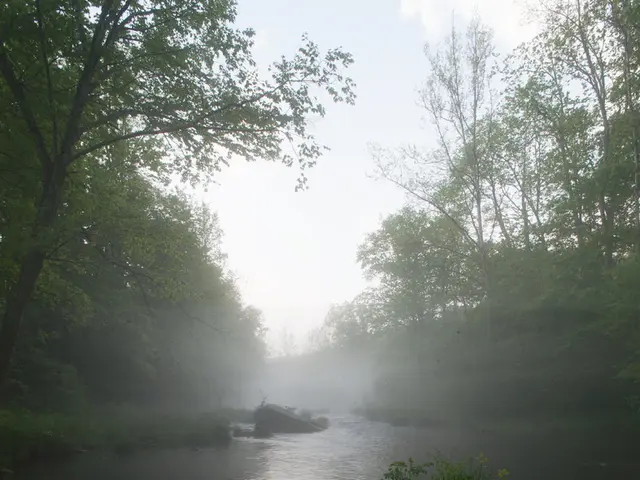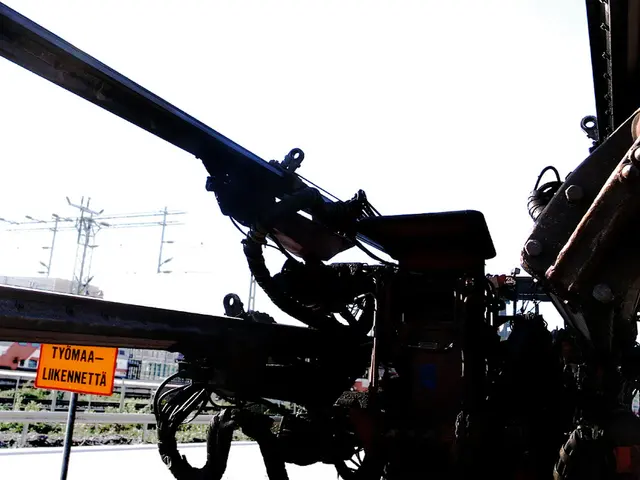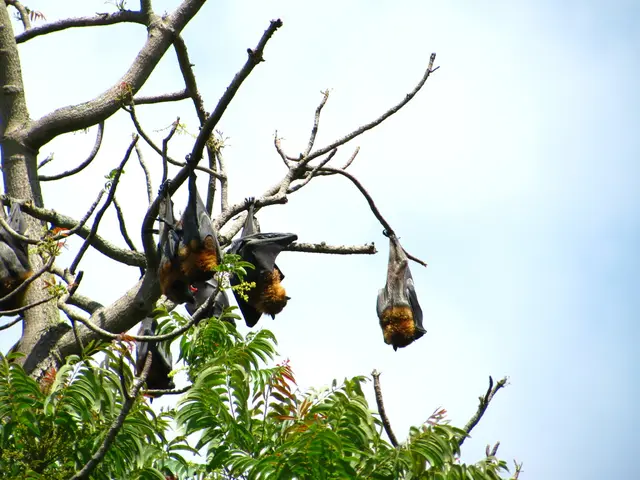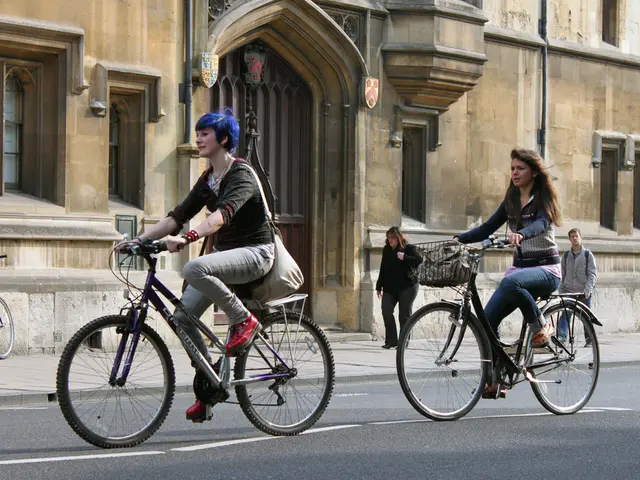Remote California Canyon Incident: Satellites Quickly Aid Injured Girl Scout in Minutes
In a groundbreaking development earlier this year, a life-saving satellite emergency text messaging service has become widely available, transforming the way rescue operations are conducted in remote areas. This service, enabled through cooperation between mobile operator T-Mobile and SpaceX's Starlink satellites, is set to revolutionise the world of adventure and maritime activities, particularly in rugged terrains such as the Los Padres National Forest.
The service allows users to text 911 in emergency situations via satellites in low Earth orbit, bypassing the need for terrestrial cell phone coverage. This is a significant advancement, considering that cell phone coverage in such areas is extremely patchy, making rescue efforts challenging. In the past, rescue efforts in remote areas with no terrestrial cell phone signal would require someone to hike out and find a spot with regular signal to guide the rescue team.
The mobile operators that have enabled text-to-911 services on current cell phones under four years old are Rogers in Canada and T-Mobile in the United States. Both operators offer Starlink-powered satellite direct-to-cell texting, including emergency text-to-911 capabilities. AT&T, too, is involved, sharing spectrum with SpaceX’s EchoStar satellites to improve nationwide coverage, suggesting a potential partnership with Starlink services, although explicit text-to-911 activation details are less clear for AT&T.
The service is available for cell phones less than four years old and functions seamlessly with these devices, acting like another cell tower. The Starlink satellite constellation, which includes over 500 satellites, enables direct-to-cell text messaging. Notably, the service automatically shares the caller's precise location, a feature that could significantly expedite rescue operations.
The technology behind this service is expected to be a gamechanger for adventurers and mariners in remote areas, including international waters. It has already proven its worth, as evidenced by a recent rescue operation in Los Padres National Forest near Big Sur, California. On June 22, the service was instrumental in rescuing a Girl Scout who had fallen into a canyon.
Moreover, the service is being integrated into the U.S.-wide next-generation 911 (NG911) system, further solidifying its role in emergency response services. Other satellite operators, such as Vodafone and AT&T, are also working to support direct-to-cell services, indicating a promising future for this technology.
Interestingly, the early Apple service for emergency text messaging via satellites relied mostly on the U.S. constellations Iridium and GlobalStar. However, with the advent of Starlink and similar technologies, the landscape of satellite communication for emergency services is rapidly evolving.
In conclusion, the satellite emergency text messaging service is a significant step forward in ensuring safety in remote areas where traditional cell phone coverage is unreliable. This innovation, with its potential for integration into the NG911 system and partnerships with other major operators, promises to revolutionise emergency response services, making the world a safer place for adventurers and mariners alike.
Read also:
- United States Secures $632 Million to Fuel Electric Vehicle Revolution
- DKSH Upgrades Distribution Operations Through Significant Technological Renovation
- Vegetable oils are similarly utilized in the process of road cleaning.
- Exploring the Next Phase in Motor Engineering: The Influence of Magnetic Axles
